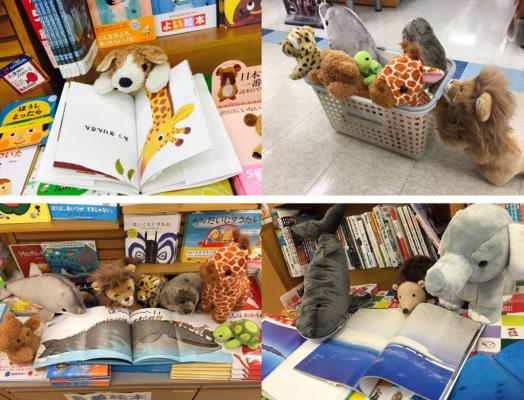
March 2 (UPI) — New research suggests stuffed animal sleepovers encourage children to read and boost learning.
Libraries all over the world host stuffed animal sleepovers but until now their educational benefits hadn’t been studied.
During a stuffed animal sleepover, children drop off one of their favorite toys at the library for an overnight. The children go home, but the animals stay. Librarians take photographs of the stuffed animals picking out books and reading. The next day, the children pick up their toys and are shown the pictures. They’re also given the book or books picked out by the animals.
Researchers in Japan measured the effects of the animal sleepovers on child behavior and reading habits. They published their findings in the journal Heliyon.
“Surprisingly, not only did the children show interest in the picture books, but they also began to read to their stuffed animals,” Yoshihiro Okazaki, a researcher at Okayama University, explained in a news release. “This means that a new behavior pattern emerged that the children had not exhibited before; we did not expect anything like this.”
Researchers suggest the reading behaviors encouraged by the animal sleepovers are highly beneficial for learning. When parents read to their children, the child is experiencing passive learning. When the child reads to their stuffed animals, the child is experiencing active learning. This more spontaneous type of learning encourages children to be active readers and self-directed learners.
Researchers found the effect of the sleepover lasted just three days. But scientists were able to encourage the same effects a month later by hiding a child’s stuffed animal and showing him or her the sleepover pictures again.
“The photographs captured the children’s imagination — many children believed the stuffed animals really found the books,” said Okazaki.
But not every child was affected by the sleepover.
“Because early childhood is the period when children begin to distinguish between fantasy and reality, their tendency to fantasize would be one factor that determines the effect of the stuffed animal sleepover,” concluded Okazaki.






